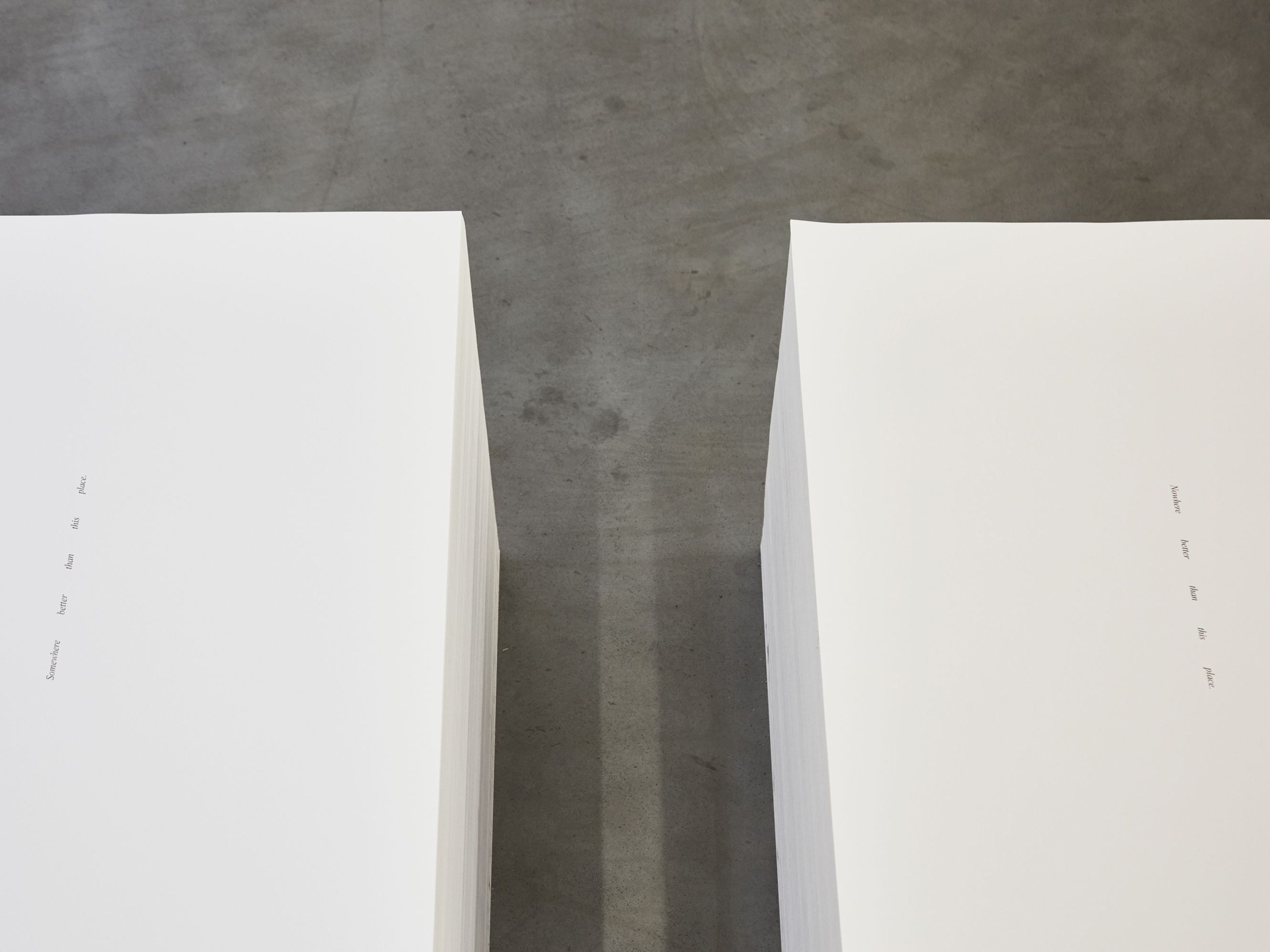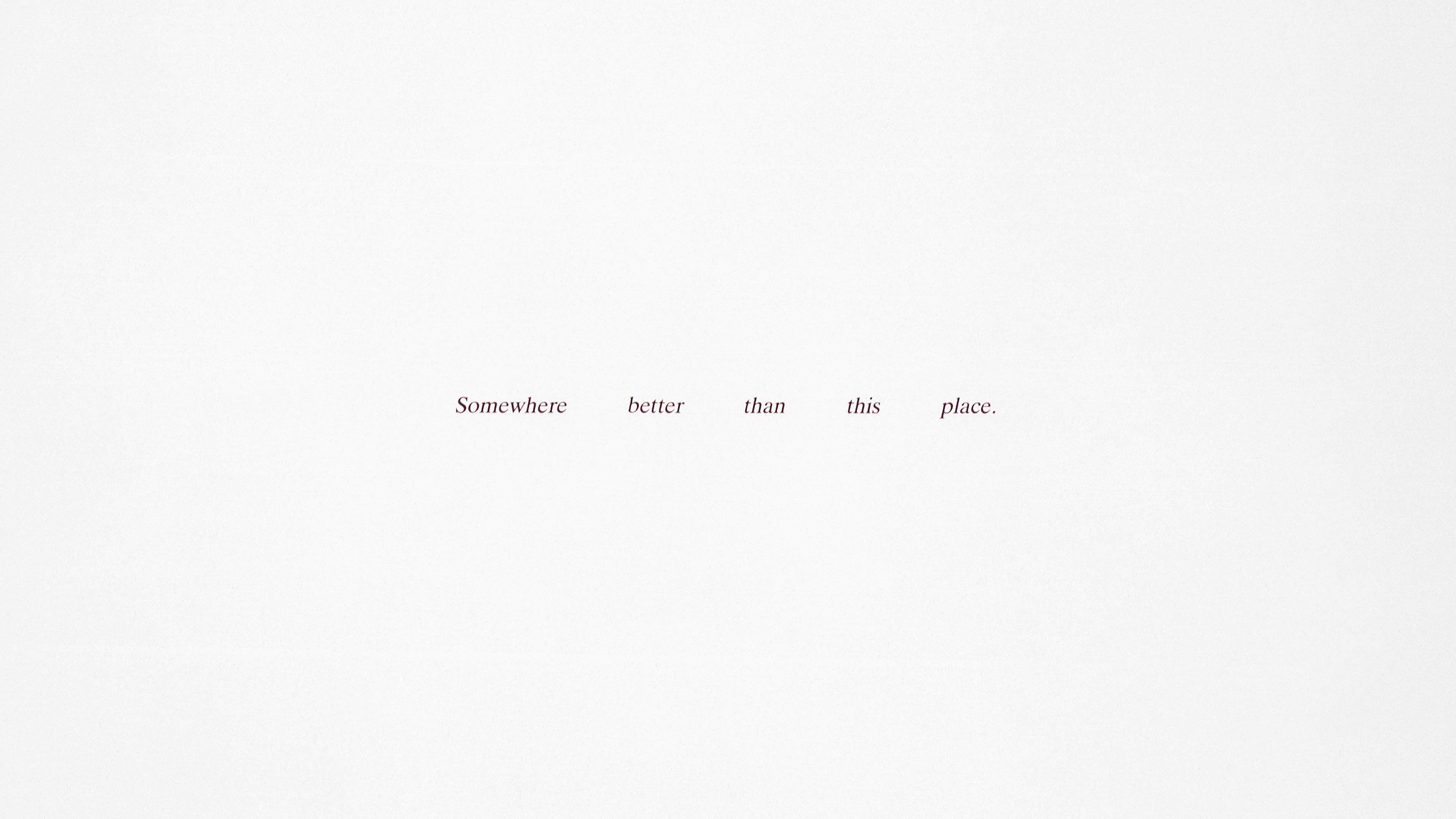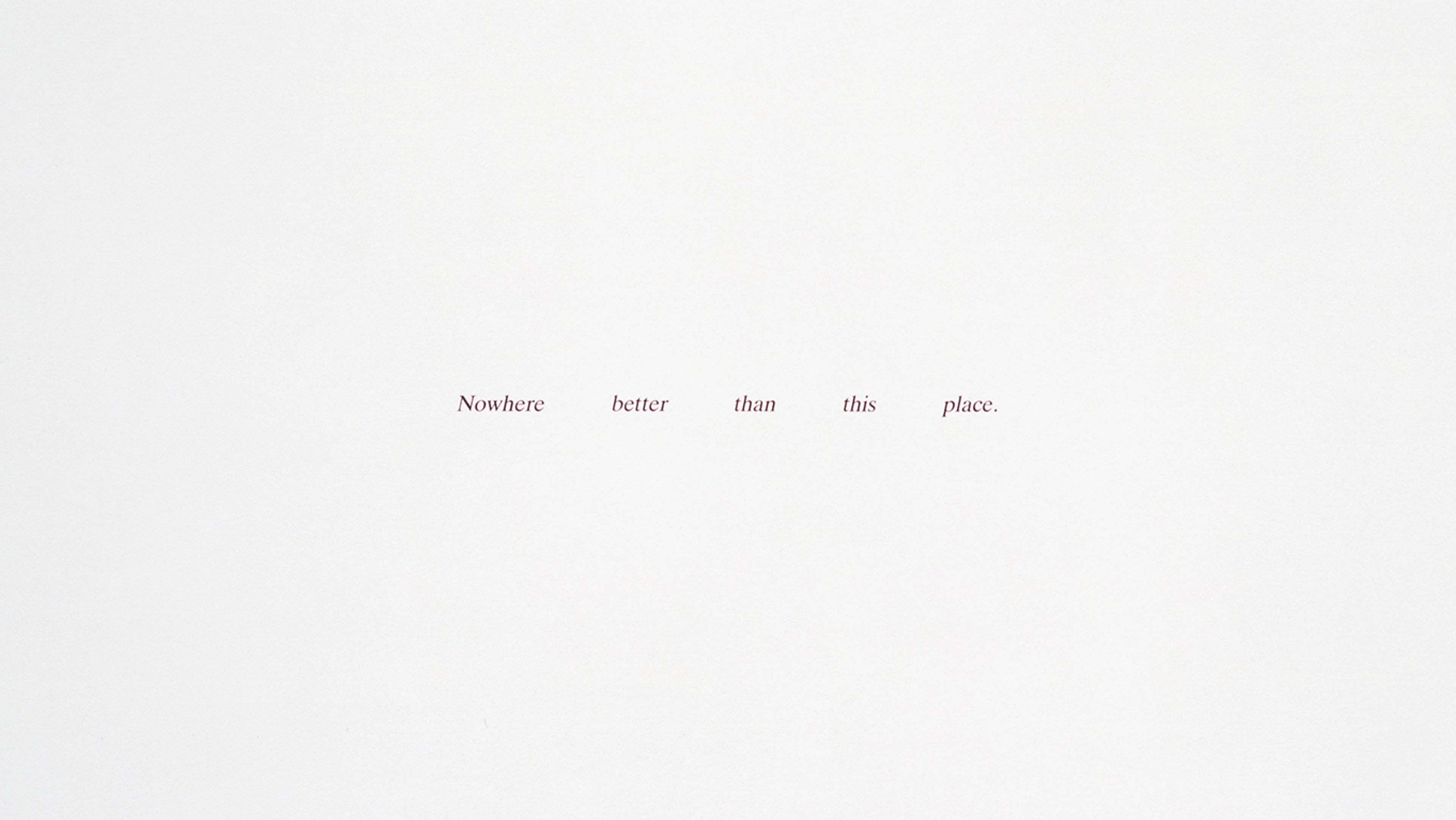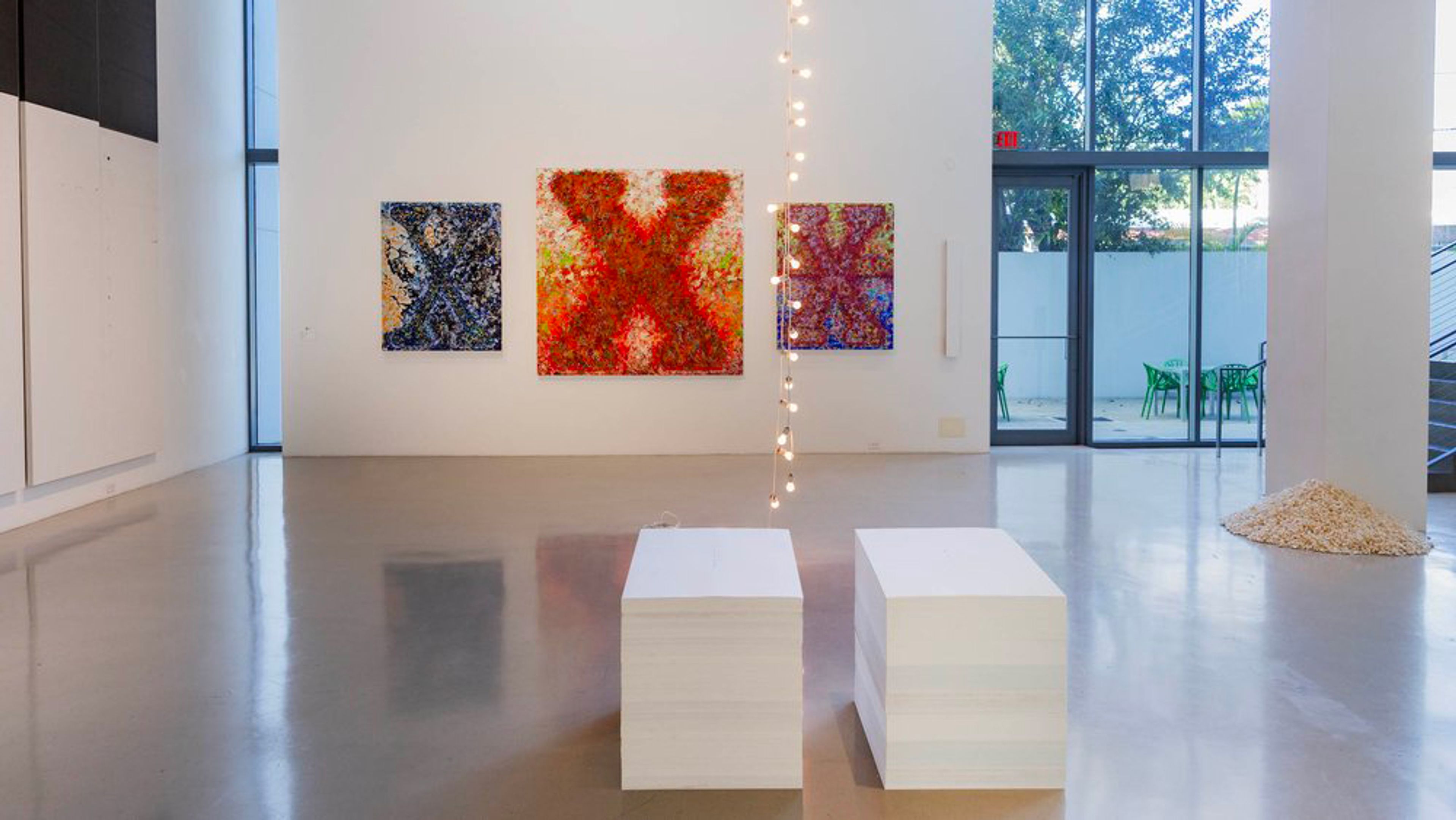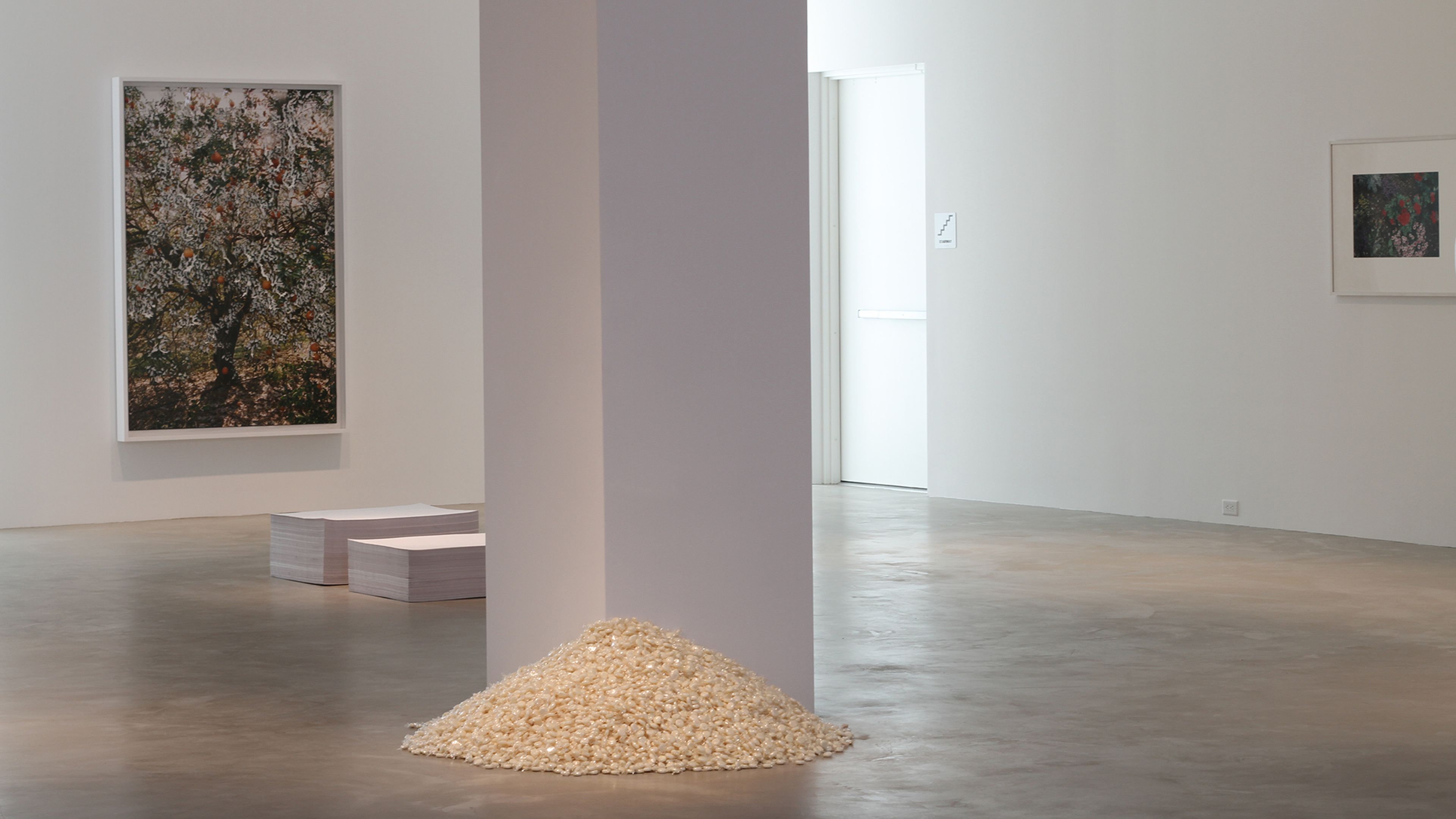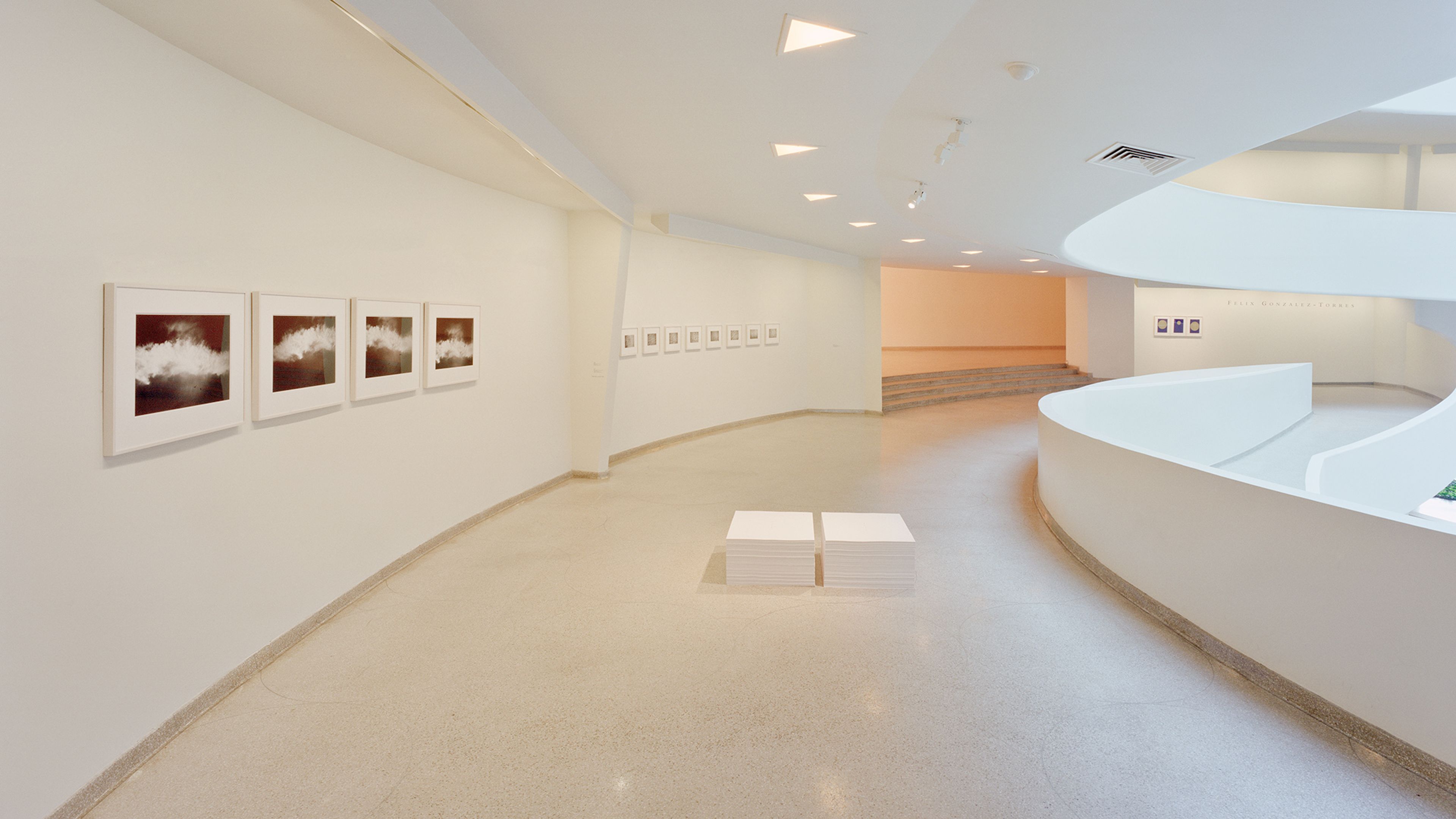Exceptional Works: Felix Gonzalez-Torres
"Untitled", 1989/1990
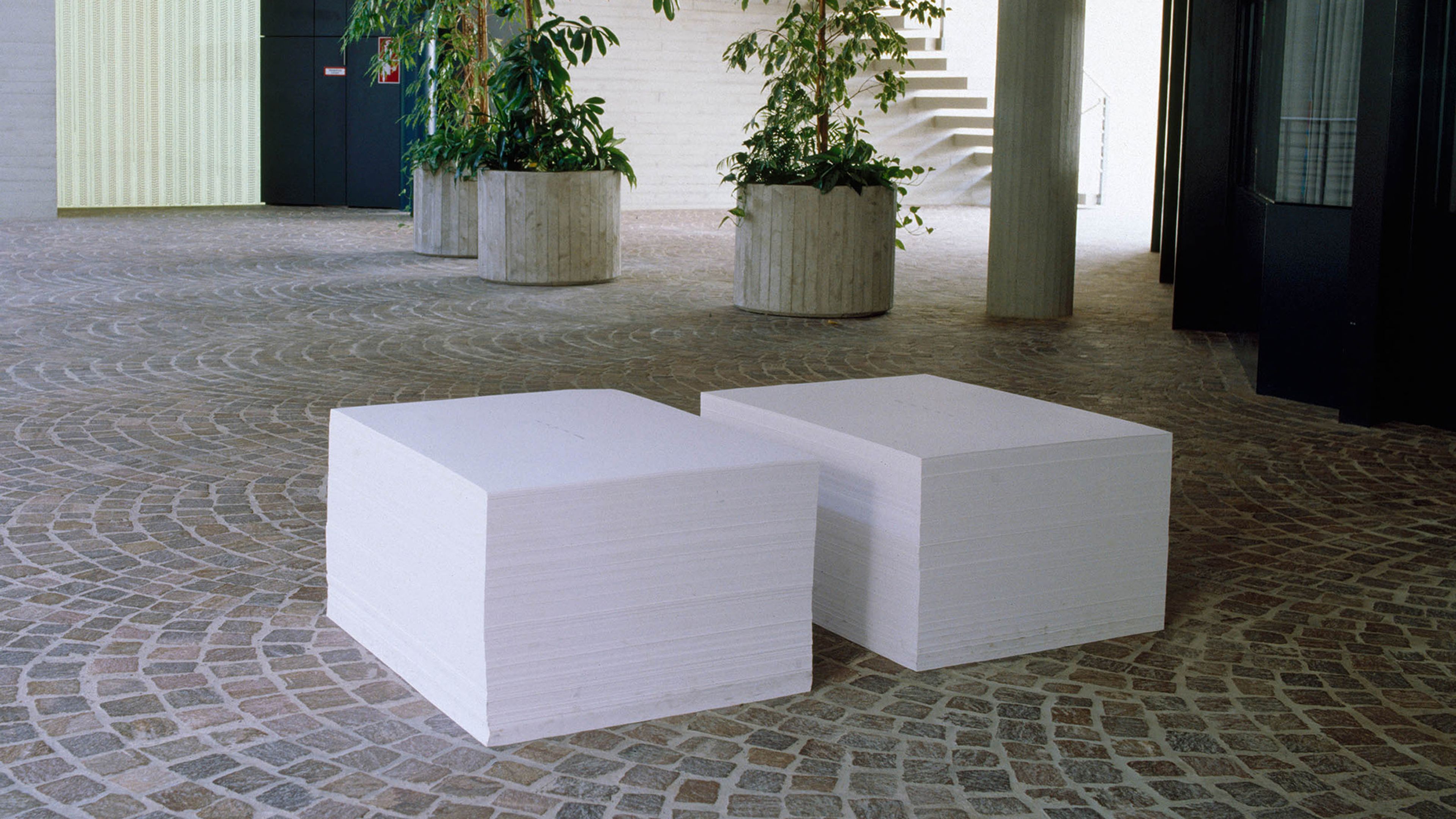
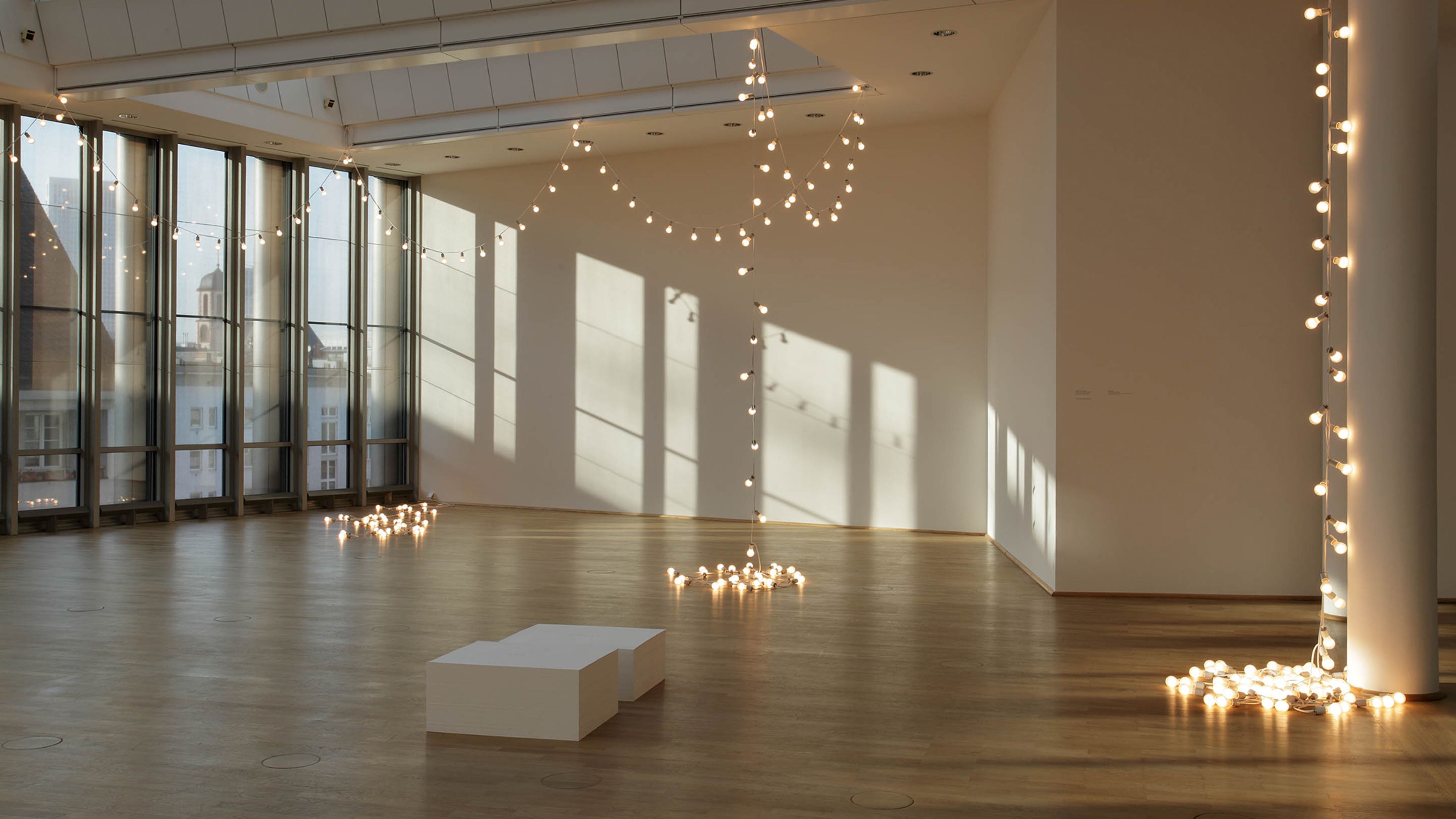
Installation view, “Untitled” (1989/1990), and “Untitled" (For Stockholm), (1992) on view in Felix Gonzalez-Torres: Specific Objects without Specific Form, Museum für Moderne Kunst, Frankfurt, 2011
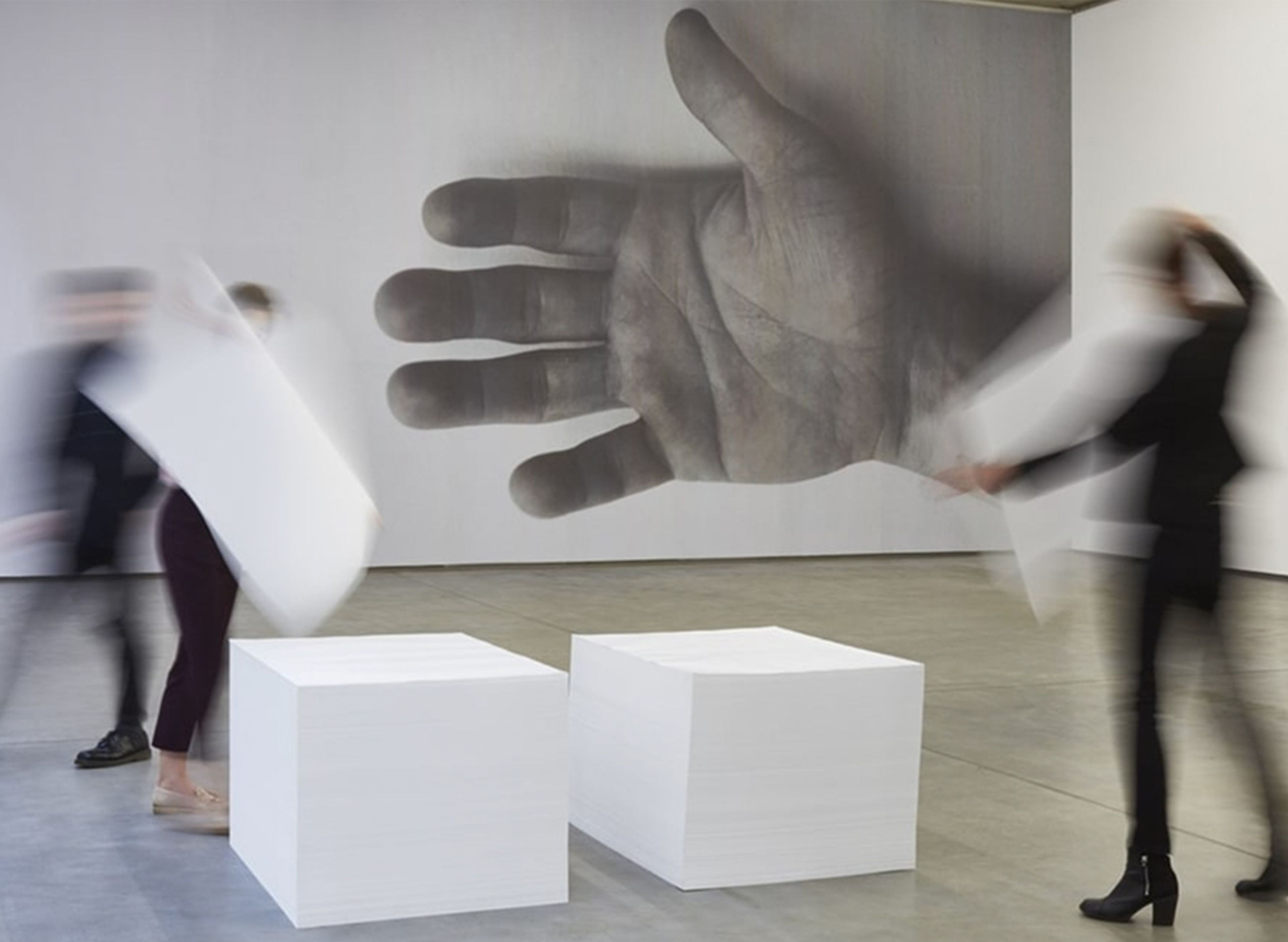
Installation view, “Untitled” (1989/1990), on view in Felix Gonzalez-Torres: This Place, Metropolitan Arts Centre, Belfast, Northern Ireland, 2015–2016
“The first stacks I made were some of the date-pieces. Around 1989 everyone was fighting for wall space. So the floor space was free, the floor space was marginal. I was also interested in giving back to the viewer, to the public, something that was never really mine to start with—this explosion of information, which in reality is an implosion of meaning. Secondly, when I got into making stacks ... I wanted to do a show that would disappear completely. It had a lot to do with disappearance and learning. It was also about trying to be a threat to the art-marketing system, and also, to be really honest, it was about being generous to a certain extent. I wanted people to have my work. The fact that someone could just come and take my work and carry it with them was very exciting.”
—Felix Gonzalez-Torres, 1993
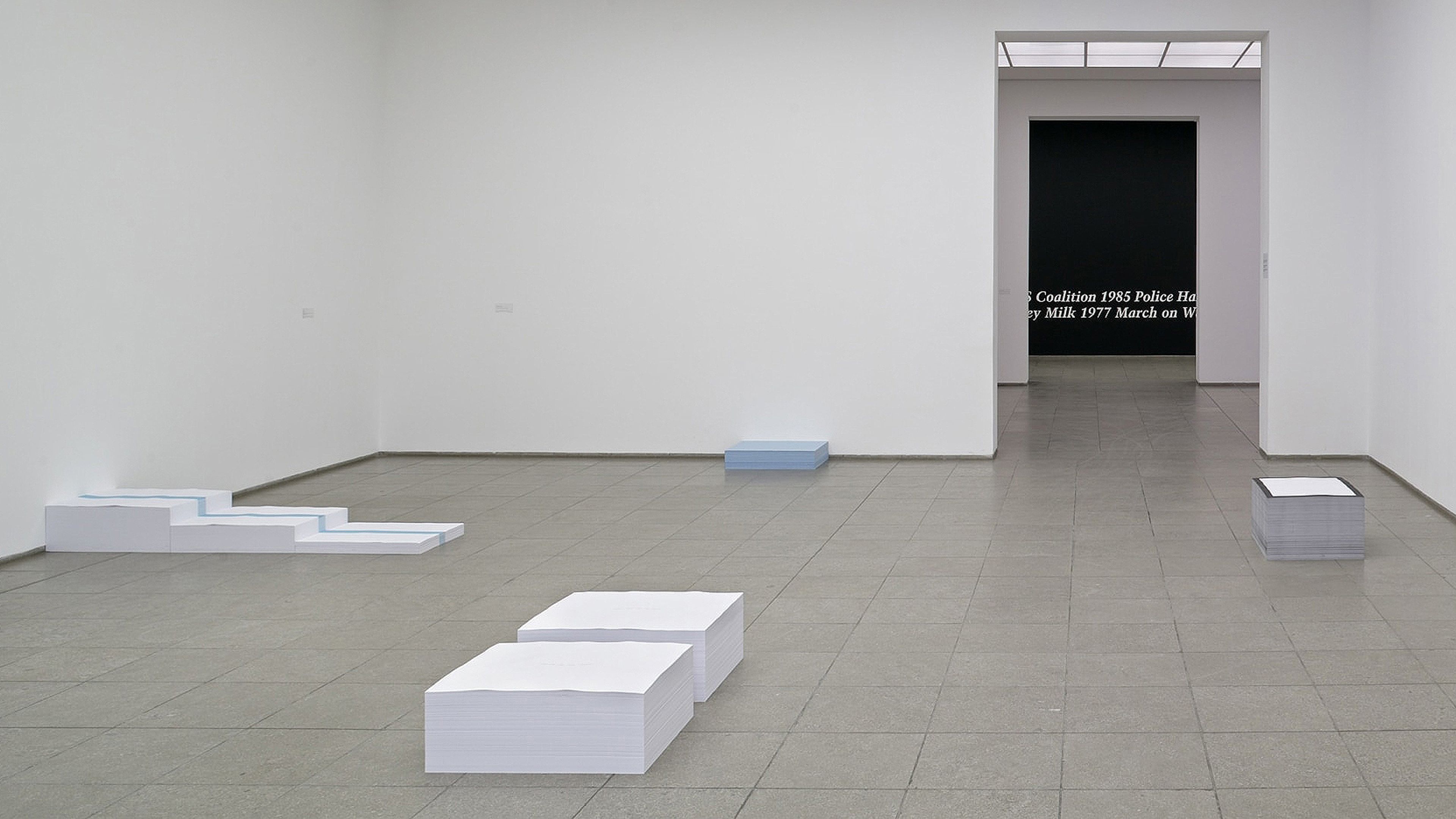
Recreation of the original 1990 installation at Andrea Rosen Gallery at Hamburger Bahnhof, Museum für Gegenwart, Berlin, 2006
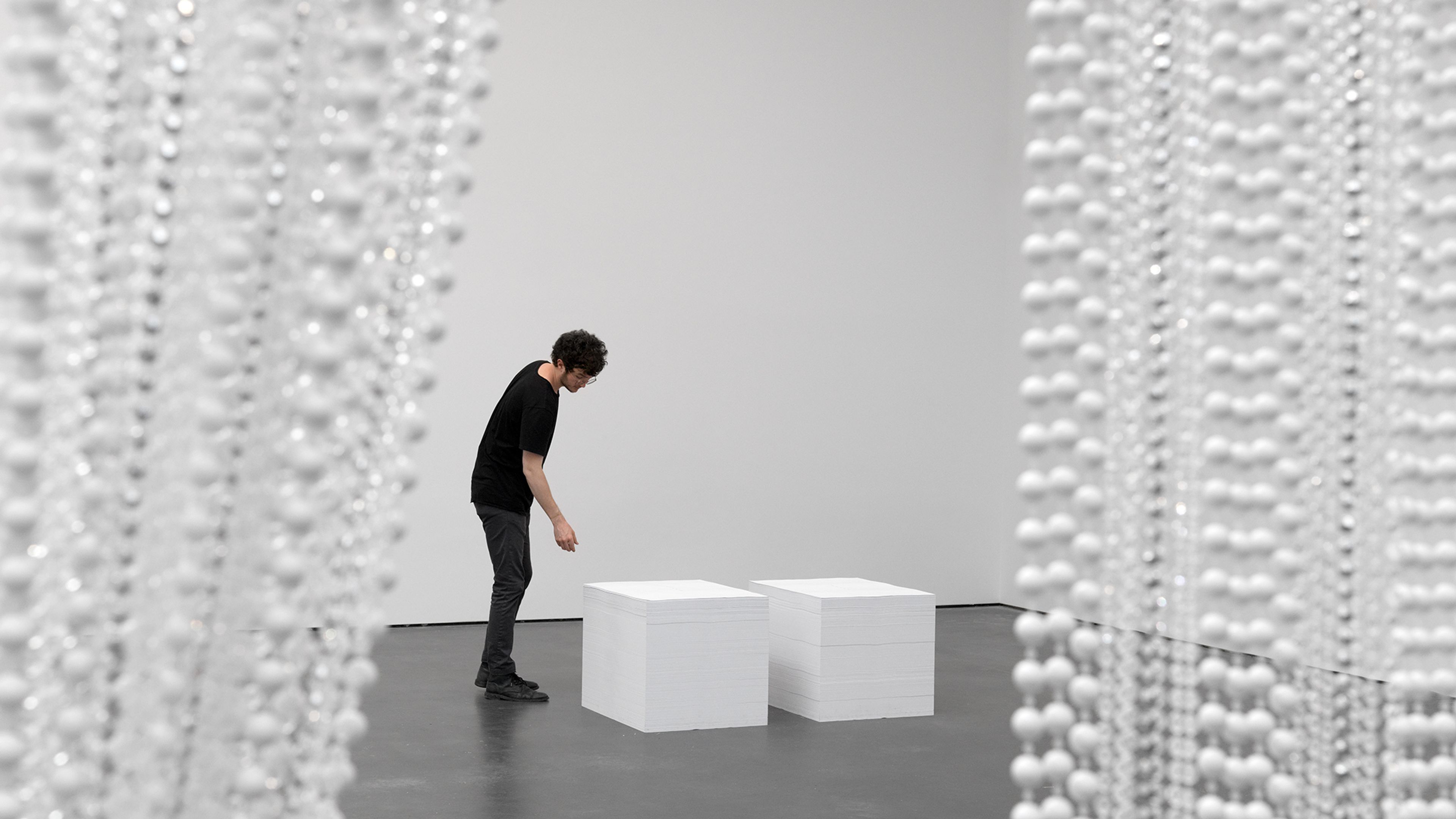
Installation view, “Untitled” (1989/1990), on view in Felix Gonzalez-Torres, David Zwirner, New York, 2017
Cover image: Installation view, “Untitled” (1989/1990), with “Untitled” (Perfect Lovers) (1987–1990, upper left), on view in Felix Gonzalez-Torres, Sprengel Museum Hannover, 1997

David Zwirner at Art Basel
